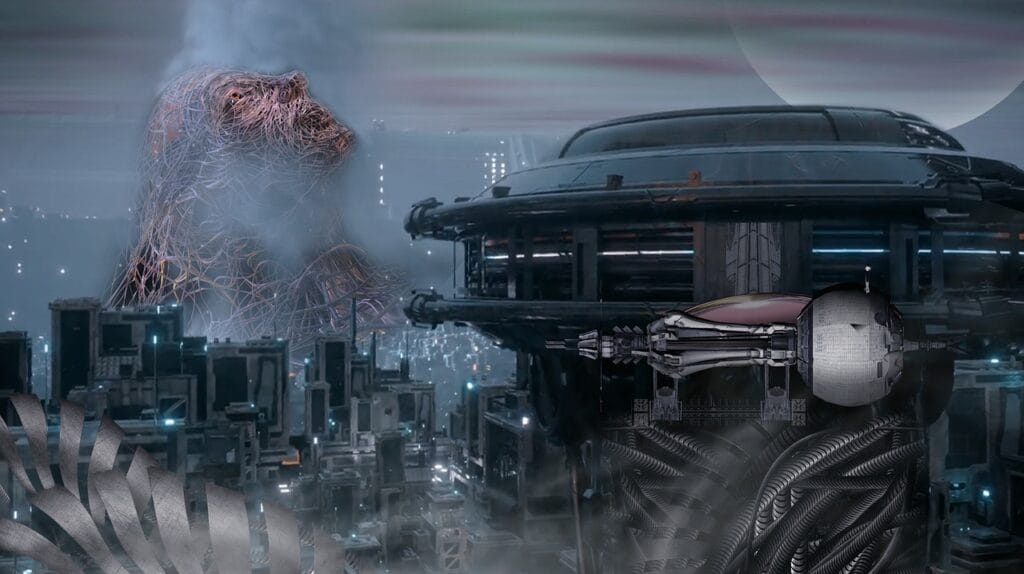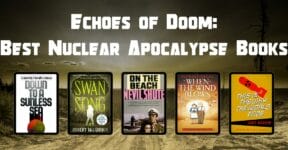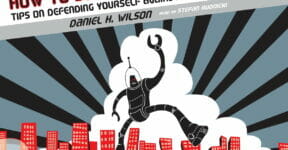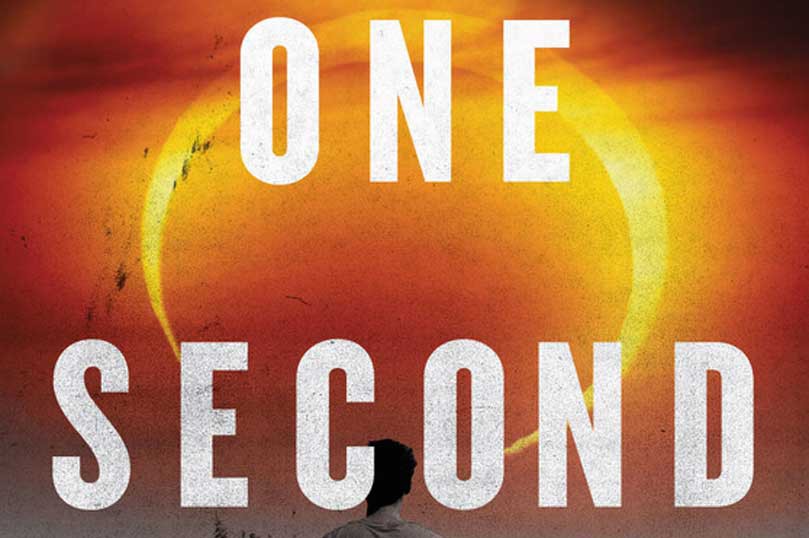With a possible exception of John Wyndham’s The Day of the Triffids, where the unusual light from meteor shower causes an epidemic of blindness and an unrelated carnivorous plant species feeds on humans, nearly all post-apocalyptic stories have been pretty much the same. You have zombies, diseases, nuclear fallout, climate disasters, EMP attacks, and alien invasions; all of them are fairly commonplace. However, this doesn’t mean you can’t be creative even with an overused apocalypse. We don’t need to start from scratch here. Sometimes, all you need is an unexpected twist to a typical doomsday event. We don’t want to gloat, but call us creative thinkers; we have some imaginative post-apocalyptic ideas ready to blow your mind. That being said, first we need to remind you we haven’t read enough books and watched enough TVs and films to know better. So, please use them only when you actually run out of any other alternative backstory.

● Multiple asteroids hit the Earth in all seven continents: Asia, Europe, Africa, Australia, Antarctica, and North America and South America (apparently, they’re separate continents by the way). Sounds like a cliche, but only until you realize they don’t actually destroy the planet. Instead, the asteroids carry with them ancient alien viruses that reactivate upon impact. These viruses cause complete paralysis; researchers get infected first and transfer the disease to everyone else.
● The same idea as the earlier one, but with a twist. The viruses don’t affect humans, but plants. Trees everywhere grow at an uncontrollable rate, and so the forests consume the vast majority of residential areas within a matter of days. Infrastructures are unusable, the electricity goes haywire, factories can’t run, and trees sprout up through the streets. You can’t burn them down because the fire will consume people’s homes. It’s dark dense forests everywhere. No modern device functions anymore. The population shrinks as fast as the trees grow.
● Some of the world’s largest corporations launch a massive operation to extract as much natural resources as possible for the sake of profits. The planet fights back with all its might. Volcanic eruptions, earthquakes, extreme weather, floods, tornadoes, and tsunamis are everyday stuff.
● Nuclear war triggers decades of nuclear winter. Over 7 billion people died in the immediate aftermath of the fallout. Prolonged deadly conflicts over resources reduce the population even further. The radiation is so severe, survivors turn into mutants. Animals also fall victim to the polluted air and water. Cats are as big as horses; they have to be that big to hunt saber-toothed rats. Condors are now giant thunderbirds, wild pigs have spikes all over the body, every snake can swallow an adult human whole, and hummingbirds prey on mutated children. Remember those saber-toothed rats? They can eat their way through blast doors, so bunkers can’t really protect anybody.
Of course, if none of those are good enough to float your boat, you can always say World War III happens and mutual assured destruction ends it all.
How Important Is the Backstory?
And surprise, surprise, you don’t always have to include any backstory in your post-apocalyptic narrative at all. Your story is set some time after the apocalypse, hence post-apocalyptic. If you keep talking about the doomsday event itself, well then, you’re in the wrong subgenre. While it’s not unreasonable that your readers want to know about how the world ended, you don’t always have to satisfy their curiosity.
The timeline should decide whether giving the backstory is actually necessary. For example, in a story where the “present time” is set centuries after an apocalypse, there’s a good chance all the living survivors have no first-hand knowledge about the event. They probably wouldn’t care anyway and are just doing what they can to adapt and ultimately to survive in the world. And because every single person of the current generation was born after the apocalyptic event, it is the only world they know.
What about a story set years or decades after an apocalypse? In that case, some survivors had been born before the apocalypse happened. It’s still within living memory, so any rambling about the event isn’t entirely a meaningless part of the narrative. Still, if you insist on providing a backstory, don’t let it occupy a big part of the plot. A few hints here and there should be enough for readers to figure out what happened. That way, you can focus on the actual present-day plotline and let the backstory be what it’s meant to be: a prominent yet only slightly visible backdrop.
We think a post-apocalyptic narrative shouldn’t have to delve too deep into the apocalypse itself; otherwise, you’ll be telling a disaster story. While it’s always good to describe what happened in the past that made the world into such a terrible state today, focus instead on how survivors cope with the new condition. Your story is not about the apocalypse, it’s about living in a post-apocalyptic world. As an endnote, you don’t have to spend a chapter or two to describe the backstory, but you do need to know your apocalypse and how it should affect the characters.
Can you name some post-apocalyptic stories that say nothing about the apocalypse at all? Does a post-apocalyptic story have to be about survival? We’d love to hear from you.
Other Things You Might Want to Know
How to avoid writing an apocalyptic story when what you really want is to create a post-apocalyptic one?
It all comes down to how much you focus on the apocalypse vs. the aftermath. Trying to adapt to the new world, coping with the consequences, and reconstructions are all post-apocalyptic elements.
Do precious metals like gold and silver have value in a post-apocalyptic world?
When the post-apocalyptic world has a sufficient civilization to set up trade, gold might have value. When there are just too few humans alive after an apocalypse and everything is about basic survival, foods and medicines are much more precious.
What are the most important skills to have in a post-apocalyptic world?
When society collapses and technologies disappear, knowing how to farm and hunt will keep you well-fed. You also need to know how to defend yourself in a melee or hand-to-hand combat. Medical skills, or at least knowledge of injury treatment are universally useful.
Check out other articles by month:







